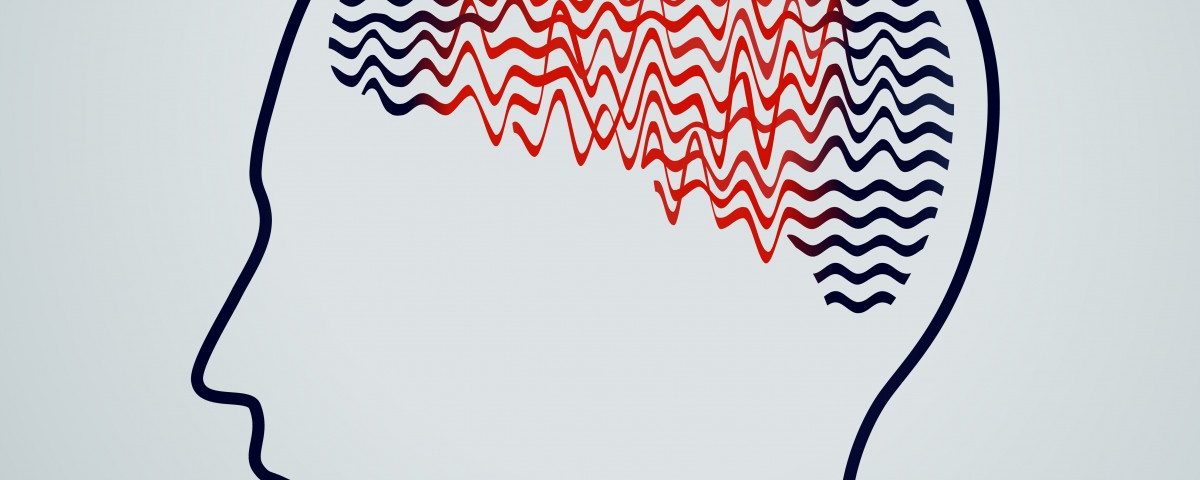A protein that may help epilepsy patients respond better to drug therapies has been identified, a new study suggests.
The study, titled “Molecular isoforms of high-mobility group box 1 are mechanistic biomarkers for epilepsy,” was published in the The Journal of Clinical Investigation.
Although researchers have intensified research effort over the last three decades, it is still not clear why the frequency of seizures varies in epilepsy patients. Existing medications merely provide symptomatic control of seizures, and approximately 30 percent of patients are resistant to anti-epileptic drugs.
An increasing body of evidence suggests that local inflammation in the brain, which can be triggered as a response to seizures, can prevent the control of these epileptic episodes. Although the inflammatory process ultimately stops in most patients, the inflammation continues in others. Therefore, developing ways to track and reduce inflammation could improve seizure control.
The research team was led by Annamaria Vezzani, from the Department of Neuroscience at IRCCS Institute for Pharacological Research Mario Negri in Milan, Italy, and Munir Pirmohamed, a professor in the Department of Molecular and Clinical Pharmacology at the University of Liverpool, England. Pirmohamed is also the director of the MRC Centre for Drug Safety Science and program lead for the Medical Research Council (MRC) Clinical Pharmacology plan.
The scientists focused on a specific protein called high mobility group box-1 (HMGB1), a key initiator of brain inflammation in epilepsy-related injuries which, when activated, is involved in seizures in animal models.
The HMGB1 protein presents different forms called isoforms in the bloodstream and tissues. Therefore, HMGB1 could be a noninvasive biomarker to assess the patient’s level of inflammation in epilepsy and provide information regarding drug resistance.
The study included animal models and blood samples to reveal a persistent increase in HMGB1 in patients with chronic drug-resistant epilepsy, but not in patients with well-controlled seizures.
Moreover, using anti-inflammatory drugs in animals during epileptogenesis — the gradual process that brains go through when developing epilepsy — prevented disease progression and the increase in HMGB1 isoforms in the blood.
“Our data suggest that HMGB1 isoforms represent potential new drug targets, which could also identify which patients will respond to anti-inflammatory therapies. This will require evaluation in larger-scale prospective trials,” Lauren Walker, the study’s first author and an MRC Clinical Training Fellow, said in a press release.
The study’s results prove that the MRC Clinical Pharmacology plan “can tackle areas of unmet clinical need, and identify new ways of treating patients with epilepsy using a personalized medicine approach,” Pirmohamed added.



I would love to hear more about this research and if anyone in the US is looking at this also.